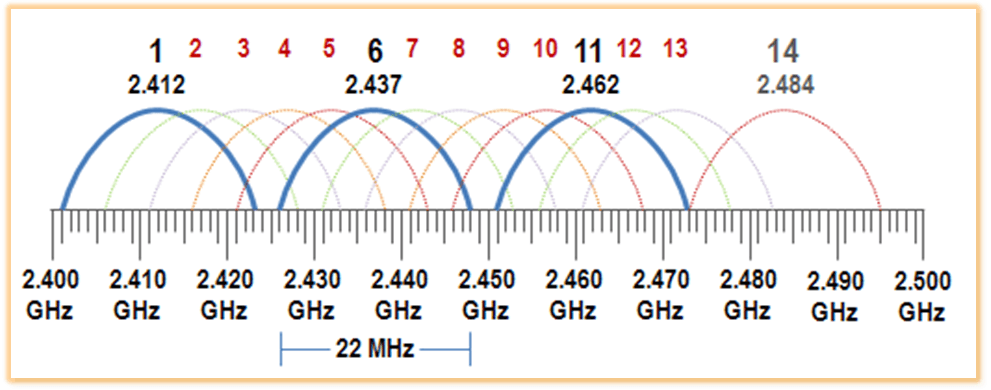Wireless channels play a crucial role in modern communication systems. They are the medium through which wireless networks can send and receive data. In this article, we will explore various wireless channel examples and their impact on communication.
Types of Wireless Channels
There are different types of wireless channels, each with its own characteristics and impact on communication. Some common types of wireless channels include:
- Small Scale Fading
- Path Loss Variations
- Directive Antennas
- Antenna Gains
- Base Station Antennas
Wireless Channel Example: Real-World Scenarios
In real-world scenarios, wireless channels can exhibit various behaviors that affect wireless communication. For example, in a wireless local area network (WLAN) operating in a specific area, the impulse response and scale fading of the wireless channel can have a significant impact on the overall performance of the network.
Impact On Wireless Networking
Understanding the behavior of wireless channels is essential for optimizing wireless networking. For instance, knowing which channels don’t overlap and how WiFi interference can affect wireless communication is crucial for configuring WiFi channels and channel widths to improve network performance.
Challenges and Solutions
Developing a channel plan is critical for designing and deploying a wireless network. A well-developed channel scheme can assist in mitigating the challenges posed by wireless channels and contribute to high-quality communication. When setting up a wireless network, optimizing the wireless mode and channel selection is vital to achieve optimal functionality.
Wireless Communication and Channel Modeling
A good understanding of the wireless channel, its key physical parameters, and the modeling issues is essential for the successful implementation of wireless communication systems. Communication networks have different types or channels, such as simplex, half-duplex, and full-duplex, each with its unique characteristics and applications.

Credit: www.researchgate.net

Credit: blogs.arubanetworks.com
Frequently Asked Questions Of Wireless Channel Example
What Channel Should My Wi-fi Be On?
Your Wi-Fi should be on a channel with minimal interference. Use apps to check for crowded channels and select the least congested one for optimal performance.
What Best Describes A Wireless Channel?
A wireless channel is a medium used by wireless networks to send and receive data. It can be described as a high-mobility channel where transmitters, receivers, and scatterers move at different speeds and directions. Communication networks have different types of channels, including simplex, half-duplex, and full-duplex.
Optimizing your WiFi functionality includes configuring the wireless mode and channel settings.
What Are The Different Types Of Channels In Wireless Communication?
Three types of channels in wireless communication: simplex, half-duplex, and full-duplex for data transmission and reception efficiency.
What Should My Wireless Mode Be Set To?
Your wireless mode should be set to the most appropriate option for your specific network configuration and device compatibility. It is recommended to select the “802. 11ac” mode for optimal performance and compatibility with newer devices. However, if you have older devices that do not support this mode, you may need to choose a different mode, such as “802.
11n” or “802. 11g”. It is important to consult your device’s documentation or contact your network administrator for the best wireless mode setting for your specific needs.
Conclusion
Wireless channels are fundamental components of modern communication systems. Understanding the different types of wireless channels, their impact on communication, and how to optimize them is crucial for achieving reliable and efficient wireless networking. By exploring wireless channel examples and their implications, we can enhance the performance and reliability of wireless communication systems.


